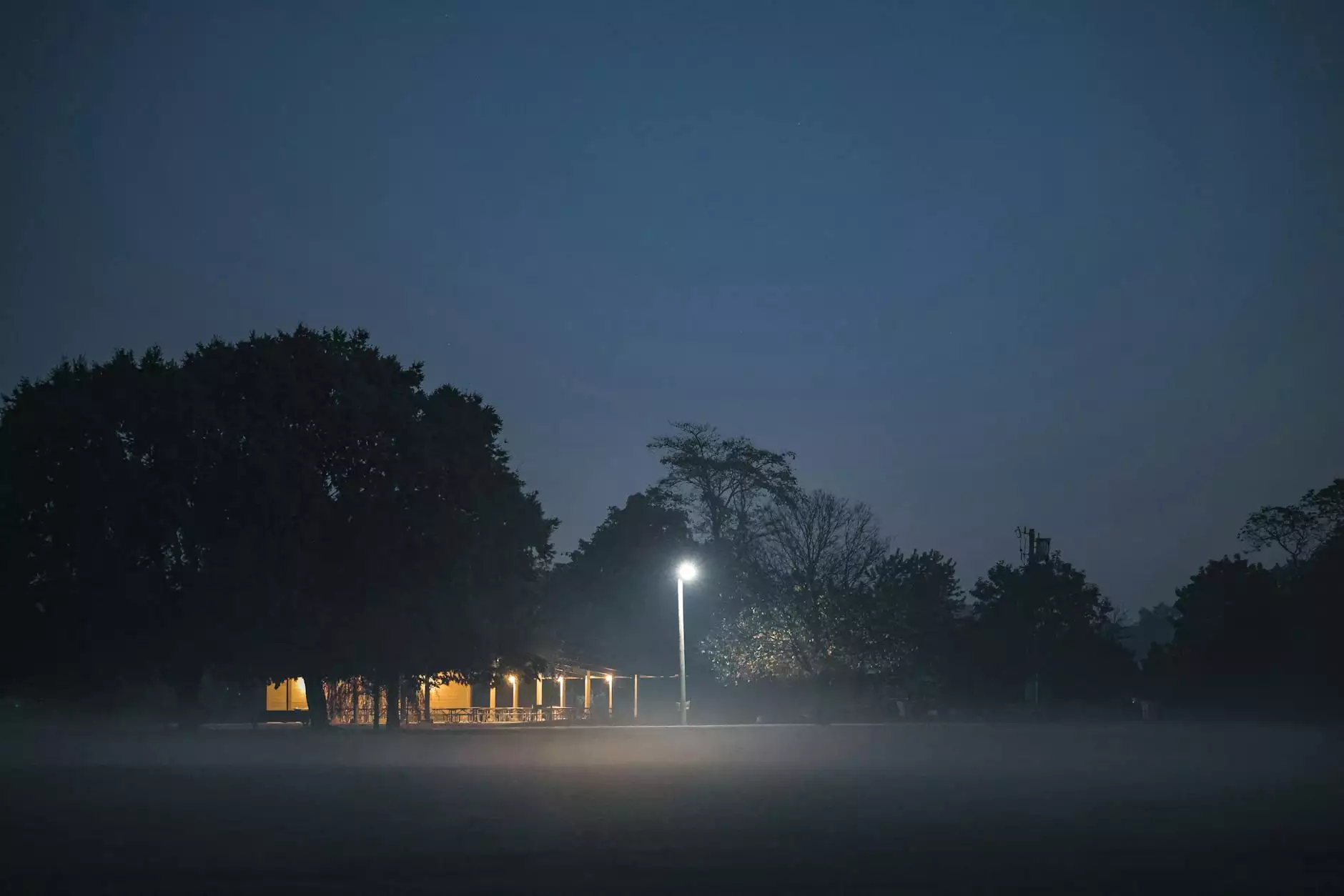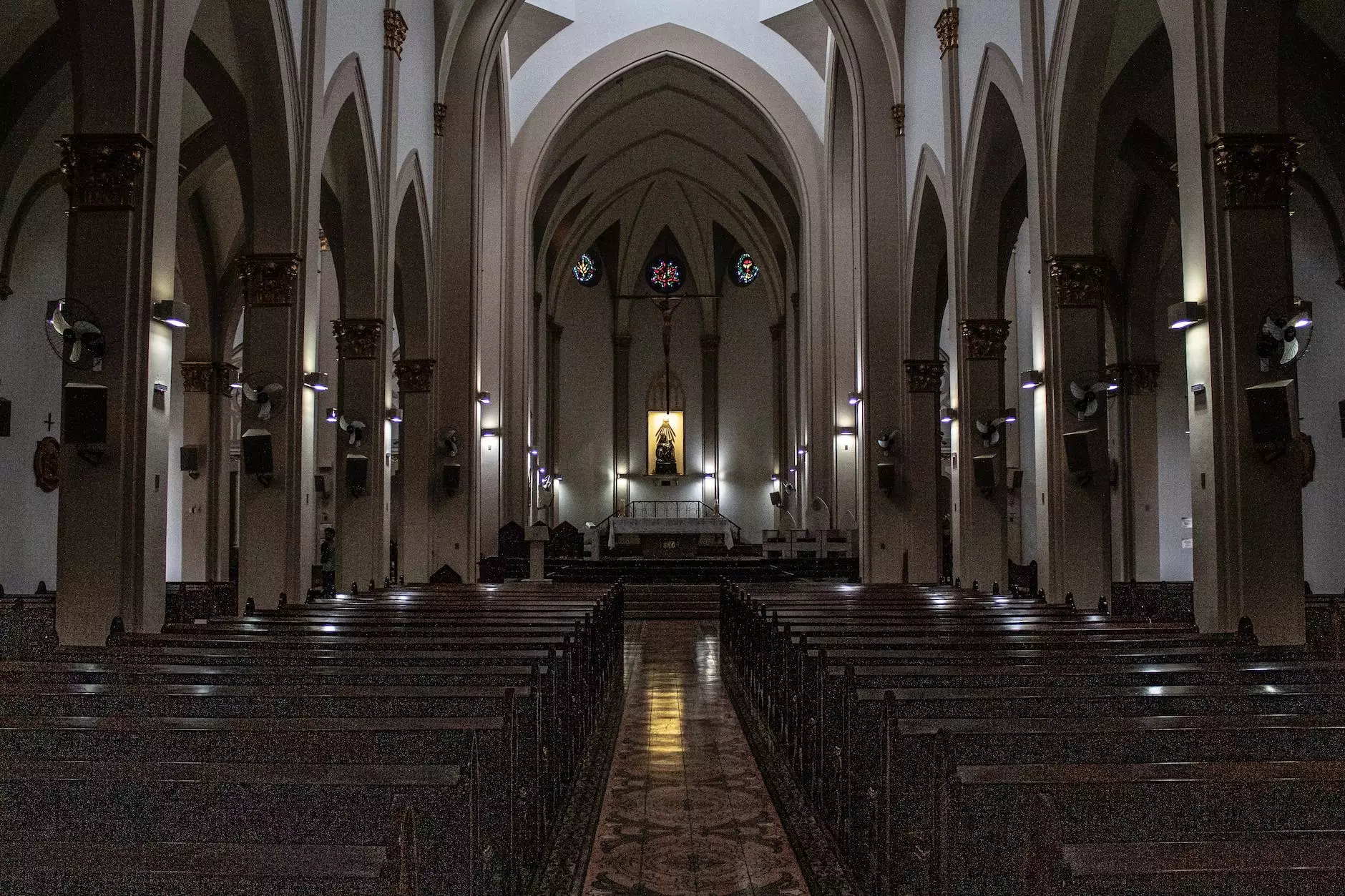The Rise of Site-Specific Light Art: Transforming Spaces into Experiences

Site-specific light art has emerged as a powerful medium within the realms of contemporary art, redefining how we interact with and perceive our surroundings. As a unique blend of creativity and technology, this form of art is designed to respond to the physical environment where it is created, allowing viewers to experience spaces in completely new ways. This article delves into the nuances of site-specific light art, its historical context, techniques, and the profound experiences it delivers.
Understanding Site-Specific Light Art
To appreciate the impact of site-specific light art, it is essential to understand what it encompasses. By definition, site-specific art is created to exist in a particular location. The artist considers the environment when creating the piece, ensuring that it enhances or transforms the space. Light, as one of the most dynamic elements of this form, plays a crucial role in engaging the audience and altering their perceptions.
Historical Context of Light Art
The roots of light art can be traced back to the early 20th century, when artists began experimenting with artificial light as a medium. However, it wasn't until the late 1960s that site-specific light art began to gain prominence, particularly with the rise of minimalism and environmental art. Artists such as Dan Flavin and James Turrell paved the way, introducing innovative ways to manipulate light and space, creating immersive experiences that challenge traditional art forms.
The Techniques Behind Site-Specific Light Art
Creating effective site-specific light art combines various techniques and technologies. Here are some of the most common methods employed by artists in this evolving field:
- Projection: Utilizing projectors to cast light onto surfaces, projecting images or colors that interact with the physical aspects of a space.
- LED Lighting: Incorporating LED technology allows for vibrant colors, energy efficiency, and versatility in design.
- Interactive Installations: Some artists create works that respond to viewer movement or environmental factors, making the audience an integral part of the art.
- Natural Light Manipulation: Designing artworks that play with natural light, enhancing its qualities as it changes throughout the day.
- Neon and Fluorescent Lights: Implementing glow effects that can alter perceptions and create an enchanting ambiance.
The Impact of Site-Specific Light Art on Communities
Site-specific light art is not only an artistic endeavor but also a tool for community engagement and transformation. Here are some of the ways its impact is felt:
Enhancing Public Spaces
Many cities around the world have embraced light art to revitalize public spaces. Through innovative installations, artists can transform parks, abandoned buildings, and urban landscapes into vibrant cultural hubs. This transformation encourages communal interaction and fosters a sense of belonging among residents.
Fostering Tourism
Art installations that utilize light can attract visitors and boost local economies. Cities that invest in site-specific light art experiences often see an increase in tourism, as people travel to witness unique and breathtaking exhibitions.
Promoting Environmental Awareness
Light art can also raise awareness about environmental issues. Many artists incorporate sustainable practices in their installations and use their platforms to comment on ecological concerns, inviting audiences to reflect on the importance of nature and conservation.
Famous Examples of Site-Specific Light Art
To understand the breadth and depth of site-specific light art, let’s explore some noteworthy examples from around the globe:
- “Between Darkness and Light” by Grimanesa Amoros: An exquisite installation that explores themes of cultural identity through an interplay of light and color, reflecting the artist's Peruvian heritage.
- “The Weather Project” by Olafur Eliasson: Featured in the Tate Modern, this piece uses mist and glowing light to create the illusion of a giant sun inside the Turbine Hall, inviting viewers to engage in shared experiences.
- “The Bay Lights” by Leo Villareal: A monumental light installation on the San Francisco-Oakland Bay Bridge that features over 25,000 LED lights, transforming the iconic bridge into a living work of art.
- “Luminous Intervention” by Studio Drift: A mesmerizing series of light sculptures that respond to urban environments, creating dynamic spaces that foster connection and contemplation.
The Future of Site-Specific Light Art
The future of site-specific light art is brimming with potential. As technology advances, artists are equipped with new tools and materials that push the boundaries of light art further than ever. Emerging technologies such as augmented reality (AR) and virtual reality (VR) promise to enhance interactivity and immerse audiences in unexpected ways.
Integration with Architecture
As architects increasingly recognize the value of light in their designs, collaborations between artists and architects are likely to flourish. Combining art and architecture can lead to stunning spaces that are not only functional but also filled with artistic expression.
Incorporating Environmental Sustainability
With a growing awareness of environmental issues, many artists are focusing on sustainability. Incorporating recycled materials and energy-efficient lighting solutions will not only reduce the carbon footprint but also enhance the message of their work.
Conclusion: The Power of Site-Specific Light Art
In conclusion, site-specific light art is a compelling movement that continues to evolve, captivating audiences and enriching public spaces. Its ability to transform the ordinary into the extraordinary is a testament to the power of creativity and innovation. As we look to the future, we can anticipate more breathtaking installations that challenge our perceptions, foster community, and promote environmental awareness. The journey of light art is just beginning, and its illuminating possibilities are boundless.
Explore the ever-changing world of site-specific light art at Grimanesa Amoros, where immersive installations celebrate the intersection of art, technology, and space.



